|
We become accustomed to the state of things as they were when we were young. At that time we're not so aware of the world’s constant state of flux. It transforms more easily than we do; upon aging we notice the world we knew as youngsters drifting away, bastions of childhood one by one fading, a bewildering relegation of everyday realities to treasured memory. I remember sodium vapor lamps. I recall textures of normalcy I no longer know the names for, may never have known the names for: the printers that printed with that scratchy-back-and-forth sound, onto those green and white sheets of paper that had the sprockets on the sides. The plastic preschool chairs with the three holes in the back. Color schemes left over from the seventies, ochre and yellow and orange and brown. Overhead projectors with the roller sheets of plastic for writing on. Floppy disks. Wood panelling. The need to remember where pay phones were, and to carry quarters for which to use them. Film. Those are the generationally specific ones. There are also the universals: your elementary school, now demolished and rebuilt; the trees under which you played, now withered stumps. An Astroturf soccer field that was once dirt, unkempt and sandy, just the way you liked it. The inconveniences which are no longer necessary but which you take pride in, because they once gave you character. Logically, you can see it isn't just your generation who faces this issue. But because this is, for each of us, our very first time living life, it feels unique. Why are the bright stars of our landscape dying? This is where a certain breed of despair takes root. Pile on our contemporary politics and environmental concerns, and you've got a recipe for teetering psychological disaster. It is a terrifying void, that existential pit. The exhaustion of having to continue adapting and acclimating on so many levels, the way we did so naturally as children, doesn't make things easier. We fall short of our earlier selves. What to do? Paul Schrader's new film, First Reformed (watch the trailer), is about a pastor (Ethan Hawke) wrestling with this dilemma on an intimate and profound scale. The spiritually vacant megachurch near his tiny parish certainly comes up short on answers. I had to see the film twice before realizing the first action we see the megachurch pastor perform is a corrupt one, so casually is it executed. Schrader's portrait of megachurches in all their sterile, corporate glory is quietly damning, but it's a sidebar. Taking aim at the religion-as-team-sport ethos is almost too easy as the main subject of a film this probing. Schrader, who wrote as well as directed, has larger concerns on his mind, and his protagonist's existential crisis is beyond the purview of what faith systems are able to answer. The pastor's conundrums are those we've all had, a confusion based on the original human question: Why? There are many elements I love about this rigorous, unsparing and rather perfect exploration of the bleakness of blackest despair and what to do about it. One is its implication that we often already know the answers, but have to come around to them before we know them fully. As Tolstoy wrote, much philosophy is thoughts you and I have already had, just expressed in better language. Another is the ruminative directness of its language. It's no surprise Schrader loves Dreyer and Bresson (at only 24 he wrote a seminal book on them and Ozu). First Reformed is a companion piece to his 1976 screenplay Taxi Driver in more ways than I dare reveal here; suffice to say both are about lonely men writing in diaries about worlds which they no longer understand. Conversations– notably a ten-plus minute barn-burner of conflicting ideas exchanged between our pastor and a young depressed environmentalist early on in the picture– run longer, deeper, more probing than movie conversations normally do, with not just one point to make but several. Formally speaking, there are a few aesthetic components Schrader here employs which make the film a different experience from anything else released this year (film critics almost never have filmmaking training: you'll find better writing about First Reformed's themes elsewhere, but you've come to the right place for a discourse on its aesthetics!). One is planimetric staging. I know. You've never heard of it, but you've seen it. Wes Anderson is its most famous progenitor: the action is staged parallel to the picture plane (lens), often in front of another parallel element, like a wall. From Anderson's Moonrise Kingdom (left) and The Darjeeling Limited (right): The resulting lack of depth is decidedly un-cinematic, more akin to a diorama than anything else; but it recalls the tableau, and painting. As a formal gambit it's a risk, in deemphasizing rather than emphasizing the illusion of depth in film's two-dimensional format. But its rarity of deployment makes it unique (for some reason it's especially rare in international films), and here fits the subject matter in suggesting pre-Renaissance painting and the same religious and ethical questions that were being asked even then. Schrader is limiting himself by setting such a formal constraint, and he doesn't stop there. He's spoken in interviews of wanting to create a "lean-in movie," which by its withholding draws us in. This is evidenced by the above, the absence of score, the withdrawn nature of Hawke's performance, and more: Usually, you want to cut from one shot to another on an action– in the middle of a cup being lifted to drink, for example. They call it match-on-action cutting. It's at once more dynamic and more invisible, more seamless. Schrader goes for a simpler route, cutting in between actions only. Recalling Dreyer and certain Bergmans, he invites an atmosphere of spareness in cutting to another face at the end of a sentence, not during it- a no-no in film school, but as ever, a rule made to be broken for the right reasons. The film furthers its sense of austerity with what's called compass-point editing: the approach where successive camera angles are either zero, ninety, or 180 degrees offset: It feels mathematical, restricted, like the environment our pastor feels stuck inside. Darren Aronofsky employs this technique for different reasons in his The Fountain (2006). An advantage of setting up these formal consistencies is the opportunity to make an impact by breaking them once they've been established. When at a crucial point we get a three-quarter angle on Hawke's face, against a background that's not parallel to the lens, we feel it; here is another example. I don't expect the audience to think, "good heavens, he's broken from planimetric staging and is cutting at 75 degrees offset instead of 90!"- but I do think they'll register, subconsciously, that something's different. The two times Schrader breaks completely from compass-point editing, the effect is transcendent. Viewers will, however, notice the unique aspect ratio. Most films nowadays are either "flat" (1.85:1) or "'scope" (2.39:1) widescreen. Here we return to the pre-1953 standard, the boxy 1.33:1 ("academy") ratio: Basically a square, it stands out from the rectangular compositions we've become used to in cinema. Faces and bodies fit into it differently, and different things get emphasized. It's a touch claustrophobic. Its narrowness means usually only one visual item of interest can occupy the screen at any given time. Andrea Arnold, who also uses the ratio, calls the academy ratio more “intimate”: It is not a popular format…I loved the fact that it’s the entire 35mm negative, you’re not cutting anything off. It’s square like the negative. There is something honest about that. It’s like you’re projecting the negative, it’s there, there it is, you’re not doing anything else to it, that’s the way it is. I think it’s also a very beautiful frame for one person. It is a portrait frame. My films are generally from the point of view of one person. I think it’s a very respectful frame. I keep using the word respect and I don’t know why I keep saying that, but that’s what it feels like to me when I look at somebody framed in a 4:3 frame. It makes them really important. The landscape doesn’t take it from them. They’re not small in the middle of something. It gives them real respect and importance. It’s a very human frame, I think. I think that’s the main reason. I don’t know, but I think. You can also see more sky, but I think the other one is the real reason. From her Wuthering Heights (top row, lower left) and Fish Tank (lower right): I'd like to highlight two shots from First Reformed in particular. The opener will make sense only in a theatre; faintest glimmer of a tiny crucifix at the center of the deep black screen won't even be visible in any other environment. It's there before you see it. As the shot fades in, we see the shape is a small cross atop an ancient church spire. The composition includes the whole church; We can see it is a small, modest affair, but from here it looks towering. The camera pushes in, keeping the bottom of the building and the top of the tiny cross within the frame, pushing in closer– until it clips the crucifix out, pushing that small but loaded symbol out of the top of the frame, as if to say: that's not where this film is going. The other shot is a restaging of Scorsese's famous lateral dolly shot in Taxi Driver, where the camera tracks to the right from Travis Bickle, feeling lonely on the phone, to an empty hallway; transitioning from a picture of him to a picture of how he feels. First Reformed also has a lateral tracking shot that shifts to the right– I won't spoil which one it is– but this time the lonely person in the frame moves with it, and the "hallway" isn't empty, but involves an important character beckoning him, the one who will have the answers. In this way it's more hopeful than Scorsese and Schrader's 1976 vision. These and other stylistic elements combine to articulate a very interior, subjective environment of our protagonist's psyche. There is something profound to me in watching what Schrader calls the "man in a room movie;" the eternal question of a (wo)man alone in a room, with nothing but their own thoughts.Small wonder the guy likes Bresson and Dreyer; we can find antecedents in Bergman (Winter Light comes to mind), and Schrader's own Light Sleeper and others. We experience life singly, as individuals, and it is when alone that the big questions loom largest.
Schrader literalized this best in Taxi Driver's most famous scene, in which Travis Bickle accosts someone repeatedly– himself, in a mirror. That film and this both feature a man we're asked to identify with... until we can't. It's a bold maneuver, to present such a highly subjective view of the world, through a set of eyes we at first sympathize with, but which go too far. In both pictures Schrader captures the line between sanity and insanity as ambiguous, the fuzzy place where psychosis breaks from mere radical thought. He touches on another ambiguity which warms my heart (this paragraph will make sense after seeing the film): a supernatural being would probably not discern between the natural and the supernatural. We define those separations from our limited view. From their perspective, it would all be natural. Likewise, would a being existing after death make a meaningful difference between what we call being alive and what we call being dead? Or would the division point rather be hazy, indistinct, maybe just plain unimportant? What I love most about the film is its daring to suggest a solution– two, really– to the fundamental question it poses. It's a universal question, and we can take some comfort in the fact that it's not a new one: all cultures in all time periods in all history have all thought they were living during the end times. They've all really believed it, too. --- Images courtesy A24, Columbia, Fox Searchlight, Focus, Indian Paintbrush, Film4, Oscilloscope, IFC Films.
2 Comments
Lori
6/28/2018 08:53:45 am
Nathan, I have a question. I am not a cinephile. I watch movies, but certainly not the way that you do. Do you still get a gut-level emotional impact from films? If so, does your knowledge of film aesthetics and history accentuate your gut-level emotional impact or detract from it? So often, I find my intellectual analysis of something I like distracts me from is emotional effect on me. And I wonder if my intellectualizing is my defense mechanism to shield me from any emotional impact.
Reply
Nathan
6/29/2018 01:16:45 pm
Lori,
Reply
Leave a Reply. |
Nathan
Archives
July 2024
Categories |
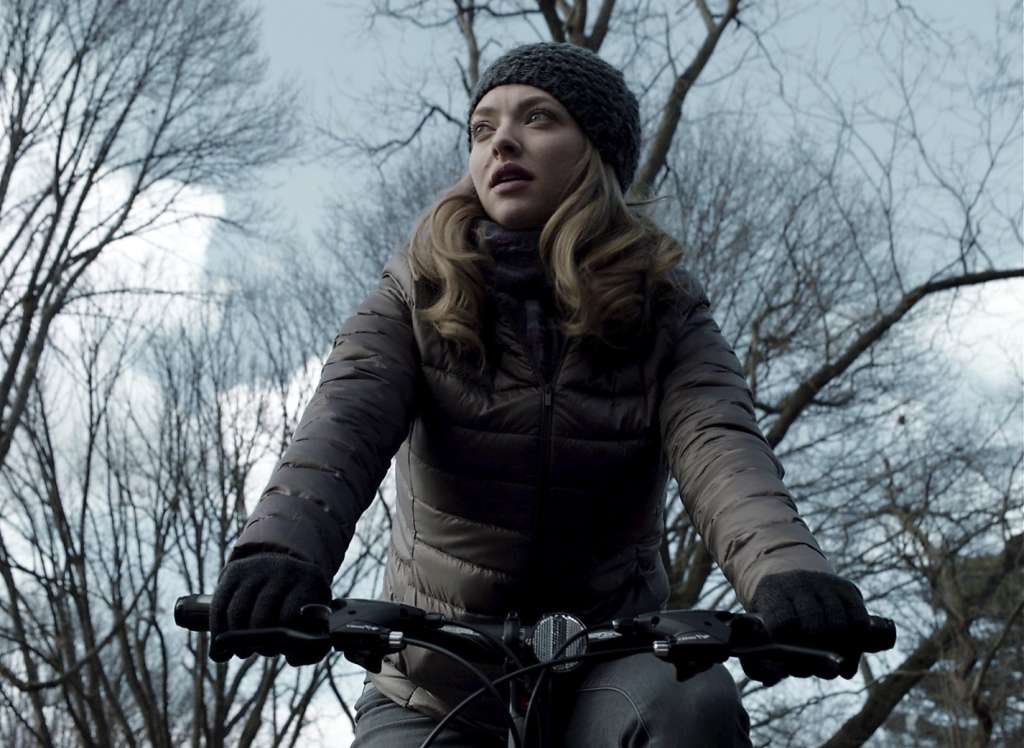
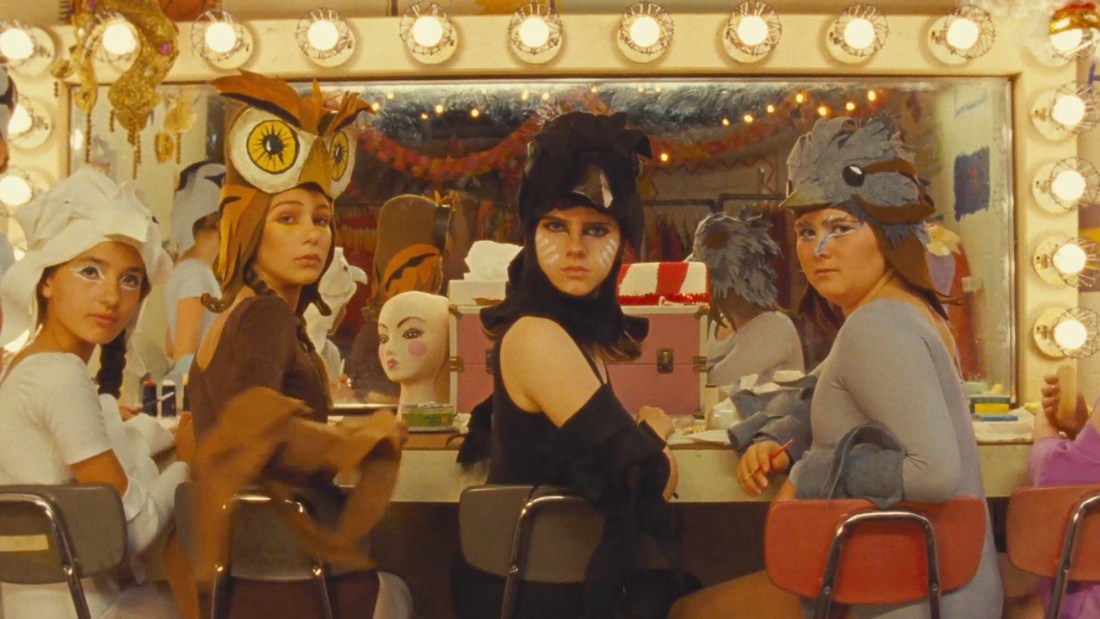
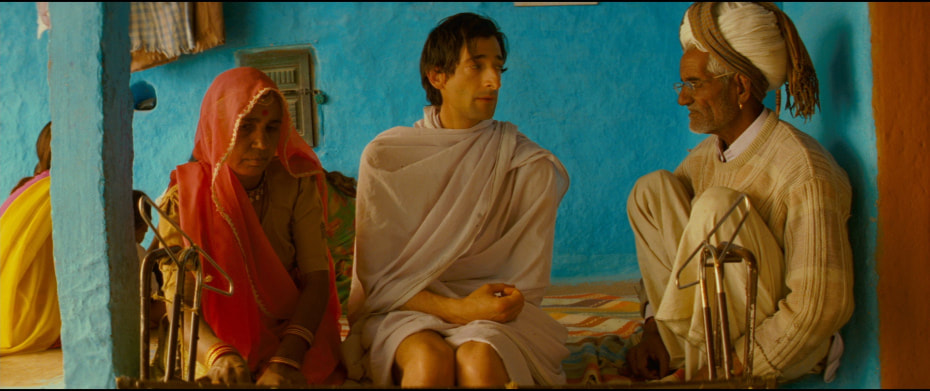
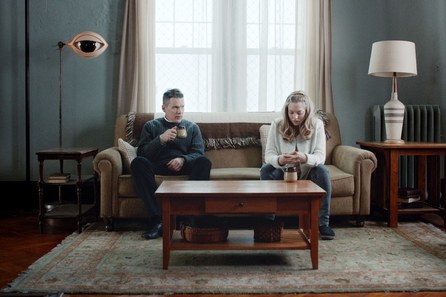
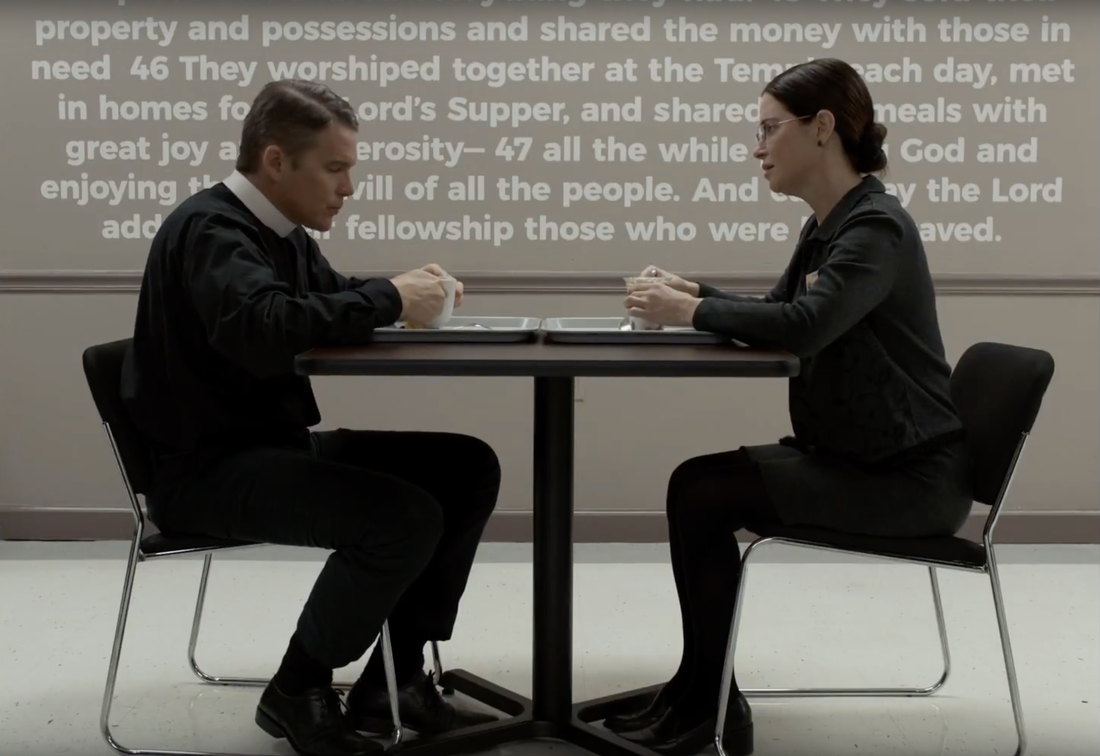
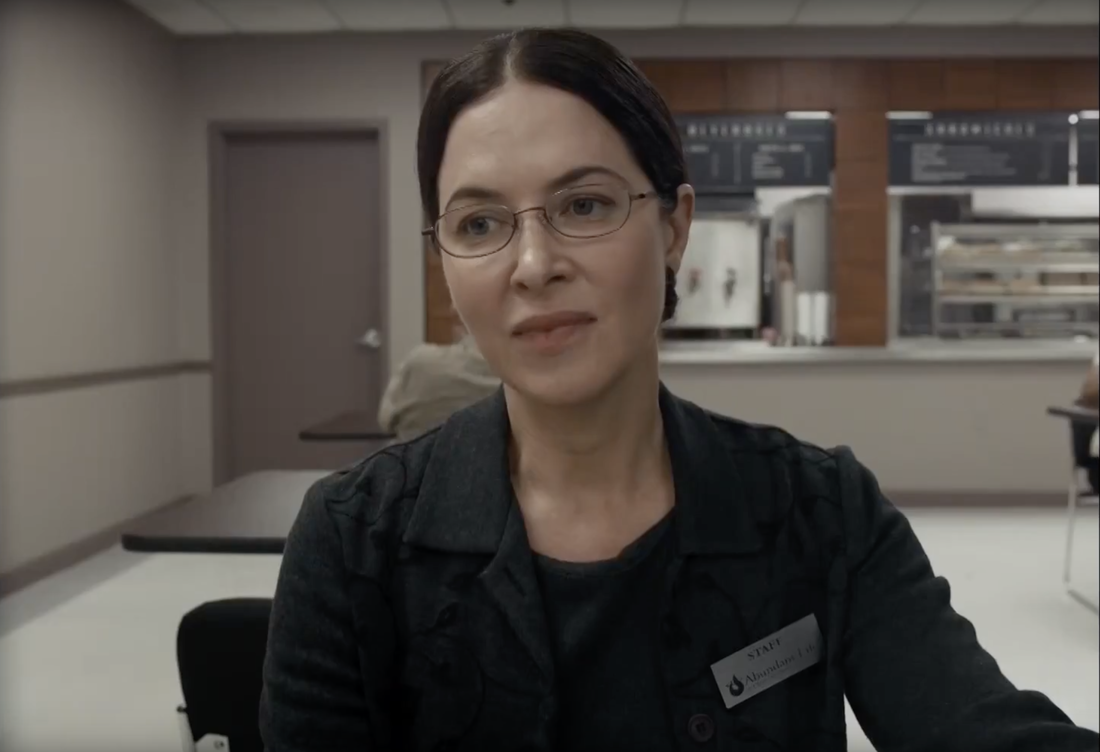
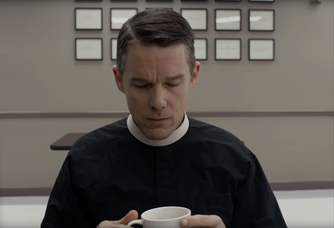
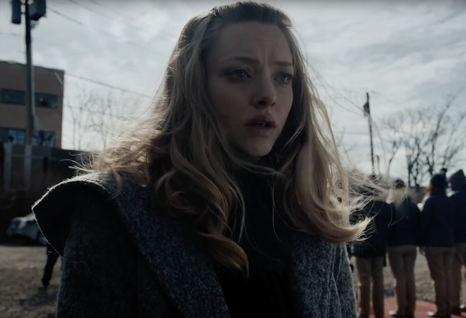
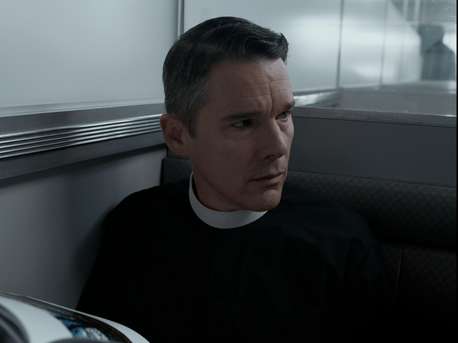
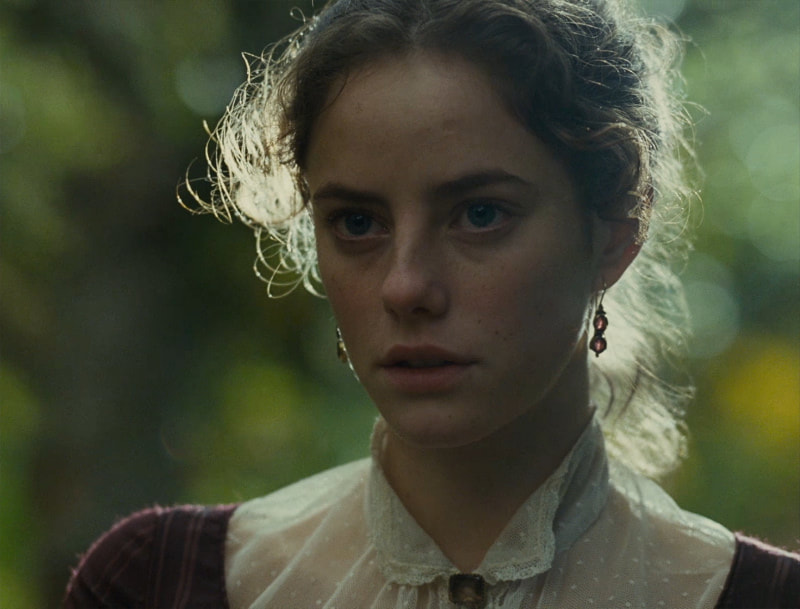
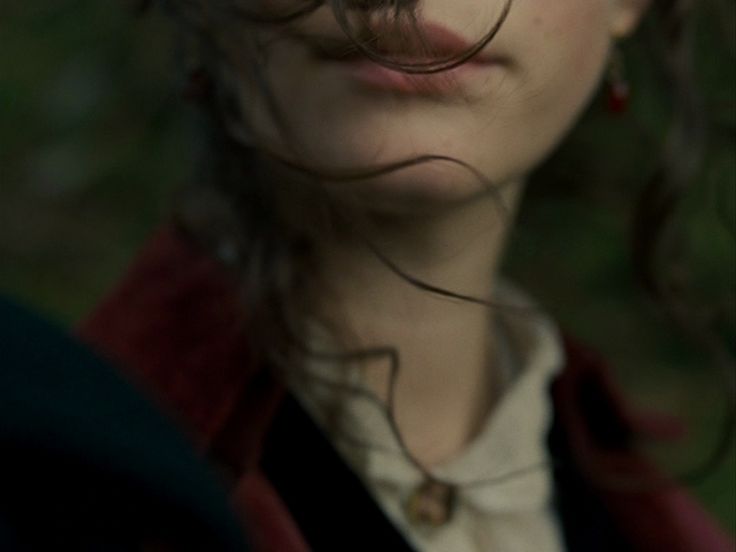
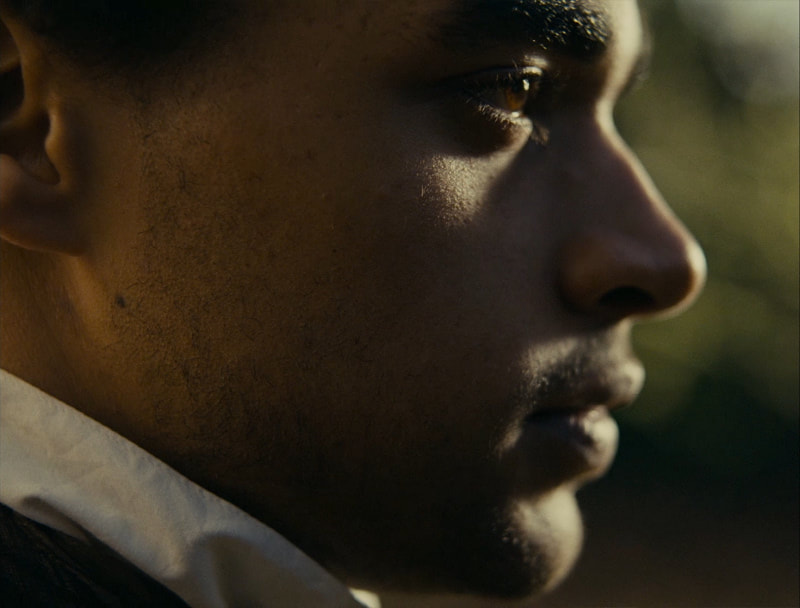
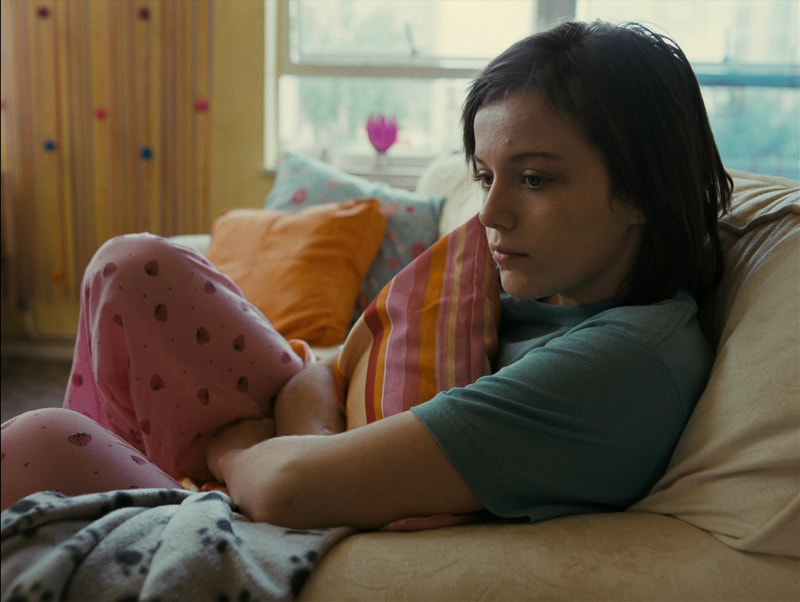
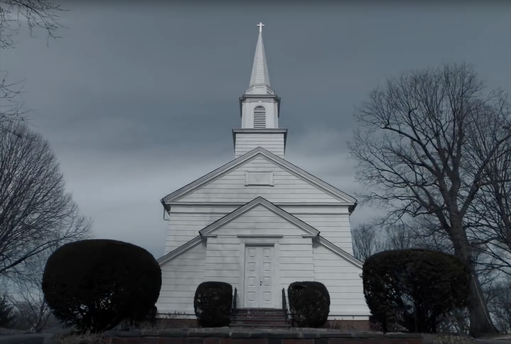
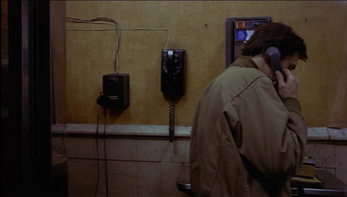
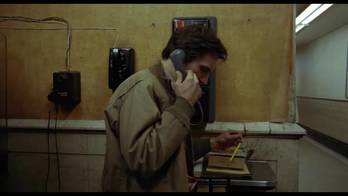
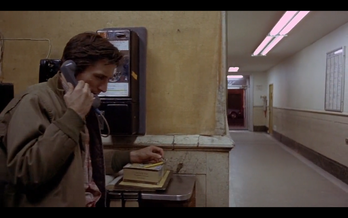
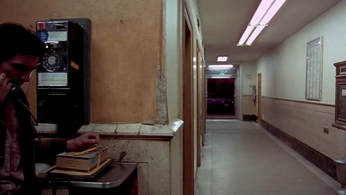
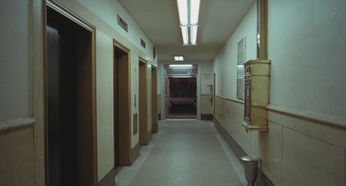
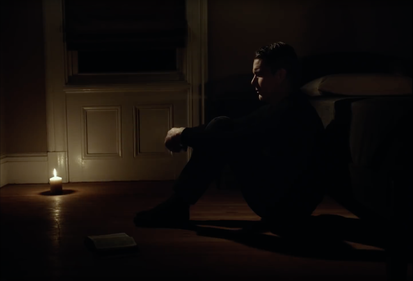
 RSS Feed
RSS Feed
